If you missed it, here is Part 1.
Permaculture teaches the importance of an “observation” phase, usually a year, during which you simply take note of the ecological processes at play on a piece of land on which you wish to work your permaculture design magic. Only then are you supposed to be qualified to intervene.
I needed to do this by default, as we had some work to do on the house the first year we took ownership, and the beginning of the farm business had to wait. I definitely wasn’t out there daily, getting to know “my” new land intimately, trying to understand what made it tick, what it wanted, and how to work in partnership with it. But I did gain a cursory understanding of it, and the year’s wait gave me time to think about what I might like to do.
Ideally, I would have done a complete permaculture design of the farm after that first year, but between having a two year old kid and trying to start a new farm business that actually turned a profit, who had time for that? I could feel Mollison shaking his head, and heard his oft-quoted words advocating “protracted and thoughtful observation rather than protracted and thoughtless labor”. The idea – a sound one – is to front-load the work into conjuring up a well-designed system, rather than hastily implement a poorly thought-out one, which will require endless inputs of labour to function going forward. It’s analogous to someone who has put the time into saving up the money to buy a house with cash, versus the person who gets a mortgage and ends up paying for the house twice over. Nice idea if you have the luxury of time, but we were diving straight into near total financial dependency on what we could earn from the farm, and had to focus on what could make us cold, hard cash.
Our income-generating enterprises that first year were eggs, maple syrup, cider, mushrooms, and wild foods. Out of necessity, none of these were particularly permaculturey. A mobile chicken coop, allowing us to integrate our flock of 100 hens into other productions (chickens can weed, till, eat pests, and fertilize) would have been too expensive to build; instead we had to settle for the pre-existing coop. Our log grown shiitake mushrooms were something that people into permaculture often do – they’re perennial, in that a log, once inoculated can give up to seven years of harvests, and they draw their raw material from forests – but went no further than that. Our other productions were essentially just wild foods, which is the opposite in many ways of any kind of agriculture, perma- or otherwise.
Instead, I poured my permaculture energy into a mixed orchard. It wouldn’t bring in the big bucks anytime soon, but hopefully would eventually pay off. If a “food forest” – where multiple layers of food producing perennials are planted in a way that mimics a natural forest – is the ultimate expression of permaculture, my orchard would be a more orderly polyculture, where berries and fruit trees would be planted in rows, allowing for easier harvest and maintenance; a compromise between permaculture ideals and the necessities of agricultural production. Its three-quarters of an acre size would be a trial run — if it worked out, it could be extended over much of our 50 acres of fields. My models for this approach were Stephan Sobkowiak’s Miracle Farm in St-Anicet, Quebec, and star of the film, The Permaculture Orchard; and Mark Shepard’s New Forest Farm in Wisconsin, and author of the book, Restoration Agriculture.
Everything I had heard about siting fruit trees was that, above all else, they needed well-drained soils. Much of our farm is pretty heavy clay, but I found one site on a hillside that seemed pretty sandy – there were even the remains of an old sandpit at the top. As an added bonus, it was a southwest facing hill, which meant a warmer microclimate – something the fruit should like.
The hillside also allowed me to indulge in a technology of earth-sculping that is a darling in the permaculture world: swales. Essentially ditches on contour (i.e. level, or perpendicular to the slope), they are meant to catch rainwater as it moves downhill and hold it there while it slowly permeates into the soil, feeding plant roots downhill. My orchard site would be hard to irrigate; I hoped that rain paired with swales could do the job. In an example of “stacking multiple functions” (another permaculture principle) the digging of the swales would also create freshly tilled beds to plant into.
I had been low-key obsessed with rainwater catchment for years. There’s just something about the passive harnessing of natural forces that really primes my pump, so to speak. I was inspired by how a well-made system, like the Shushtar hydraulic system in Iran (1700 years old), or the ancient rice terraces of the Philippines (2000 years old), could last for generations. I see the redistribution of freshwater, from areas of abundance to areas in need, as one of the most beneficial things humans can do for life on our planet, as water is probably the main limiting factor for a greener Earth.
I also enjoyed the simple technology of laying out contours: make an A-frame, tie a string to the top of the A, tie a weight to the bottom of the string, mark level where the string crosses the base of the A, then “walk” the frame across the landscape, keeping it level with each step, and marking where it lands. This also created rows that curved with the contours of the land, a much more beautiful sight than straight lines imposed upon the land. I may have been planting rows, but at least they would be curvy.
We hired a neighbour with a small backhoe to dig out the swales, then got to work planting. The idea was to have rows with fruit trees spaced fairly far apart, with brambles (blackberries and raspberries) growing in between. The brambles would get lots of light while the trees were young, then, as they grew up, more of the small fruit would get shaded out, but the fruit trees would come into their own. We would have a crop as soon as next year from the raspberries, while the trees developed over the next decade or so. Our trees would be different varieties of apples and pears, chosen for their disease-resistance and general hardiness. Every so often, I would sprinkle in a pea shrub for nitrogen fixation in the soil. (In permaculture, the aim is to create a self-sustaining plant community – plants can provide services, like nitrogen fertilization, to each other, rather than be reliant on humans dishing them out.) Underneath the trees and berries would be a perennial understorey of strawberry, clover, mint, lemon balm, garlic chives, sorrel, purslane, oregano, and woodchips, providing ground cover and obtaining a year-one edible yield from this niche at the same time.
In different sections of this orchard, we also planted grapes, currants, bush cherries, elderberries, asparagus, horseradish, and sunchokes (aka Jerusalem artichokes).
We even planted comfrey in bottom of the swales themselves. Apparently Mollison’s favourite plant, its long taproot is supposed to pull nutrients from deep in the soil profile, putting them into its broad leaves. The permaculturalist, taking a brief break from his hammock, can then “chop and drop” these leaves as a nutritive mulch around any nearby plants. Comfrey quickly resprouts and the process can then be repeated. The one problem with it is that it spreads. But I had heard through the Ottawa permaculture grapevine that a non-spreading variety of Russian comfrey was growing wild at the Arboretum. Under cover of darkness, I raided this patch and brought the precious roots home for planting.
We couldn’t afford an eight-foot deer fence around the whole orchard, so instead we installed two layers of four-foot high electric tape. The idea, which I had heard somewhere, was that deer don’t have very good depth perception, so would be afraid to jump over the first fence, and possibly land on the second, which was about four feet inside the first fence. It seemed to work – we didn’t have any real damage from deer browsing – but then again, deer pressure seems slight in our area; I’m usually able to grow an unprotected vegetable garden in my yard without any losses to deer.
All told, we spent about $2,500 that first year, digging the swales and buying the plants.
Planting done, I sat back to watch how this new ecosystem I had created would play out. I had a nagging worry that the digging of the swales would not set back the grass that had been happily growing there for maybe a century sufficiently to allow the ground cover plants to get established in time, and this apprehension was soon born out. The grass of this hayfield came back with a vengeance. I tried to stop it with strips of black plastic laid down between the grassy paths and the growing beds, but it was futile. The ground layer was the first to go.
The next to bite the dust were the trees. The apples went first, dying from mysterious causes over the next few years. The pears hung in longer, giving us one or two fruits and sending up innumerable tortured sprouts in a desperate bid for life, before they too succumbed to fire blight and other plagues. My hypothesis explaining this mass die-off of expensive grafted fruit tree seedlings was simply that my “well-drained” soil was also well-drained of nutrients. Other apples I planted in the clayey lowlands of our farm have done much better.
The bush fruit did better. We obtained several years of harvests from our red raspberries before they were overwhelmed by the relentless onslaught of quack grass. The bush cherries have grown into large, healthy-looking plants, but have yet to produce more than a handful of berries. The currants are holding their own, but the ones we planted in our lowlands produce much bigger, juicier fruit. The elderberries, after a strong start, ran out of water and have all but died. The grapes hung on tenaciously through years of neglect; trellising them was always at the bottom of a long list of priorities. But when I finally got around to setting up something for them to climb on, they sprung like a phoenix out of the grass and now stretch impressively down the trellises’ lengths. I’ve yet to eat more than a handful of grapes from them, though, since the raccoons always eat most of them just before they ripen.
The one success story has been the blackberries – maybe too successful. They have spread from their original rows, and paths need to be hacked through them just to maintain some semblance of access for harvesting. They seem unphased by competition from the grass. But we don’t get berries from them every year. Many times I’ve watched the green berries forming, anticipating a bumper crop, only to never see them ripen. My best guess is that birds are gobbling them down first.
After a couple of years, I realized how droughty the soil was under this orchard, and that my swales were basically worthless. In an attempt to save what I had already put so much time and effort into planting, I doubled down and dropped another $2,000 on drip irrigation equipment.
With the addition of some more plants and various equipment, we spent about $6,000 total establishing this permaculture orchard. In the ten years since it was planted, we’ve made about double that from it. So a $6,000 profit – but that doesn’t include any of our labour. I don’t even want to think about how much work I put into it. Now, on a year when we get blackberries (which might be one out of three) we make about $700 off of them – again, without counting picking labour (and those bushes have deadly spikes all over them!).
When you count labour, we probably broke even on this orchard. But when you count learning experiences, maybe this project was more profitable than I think. I’ve taken the lessons from this largely failed experiment of a permaculture orchard and applied them to subsequent plantings of black raspberries, elderberries, and haskaps, all of which have been much more successful.
In Part 3, I’ll go over the specific lessons I learned on this journey, how I approach growing perennial fruit now, and give my reflections on what I still think permaculture is good for, and where it can lead one astray. Because this knowledge was hard won, I’ll be putting a paywall on this final installment. Please consider becoming a paid subscriber – for as little as $2.92/month* – to support my work writing and hopefully learn something new.
*With the $35 yearly subscription; $5/month if you go monthly.

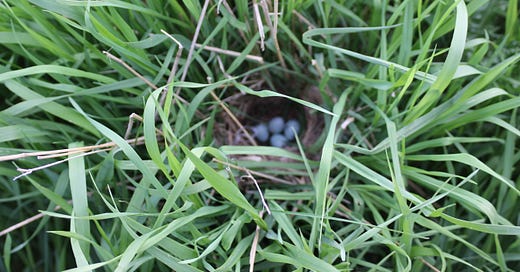


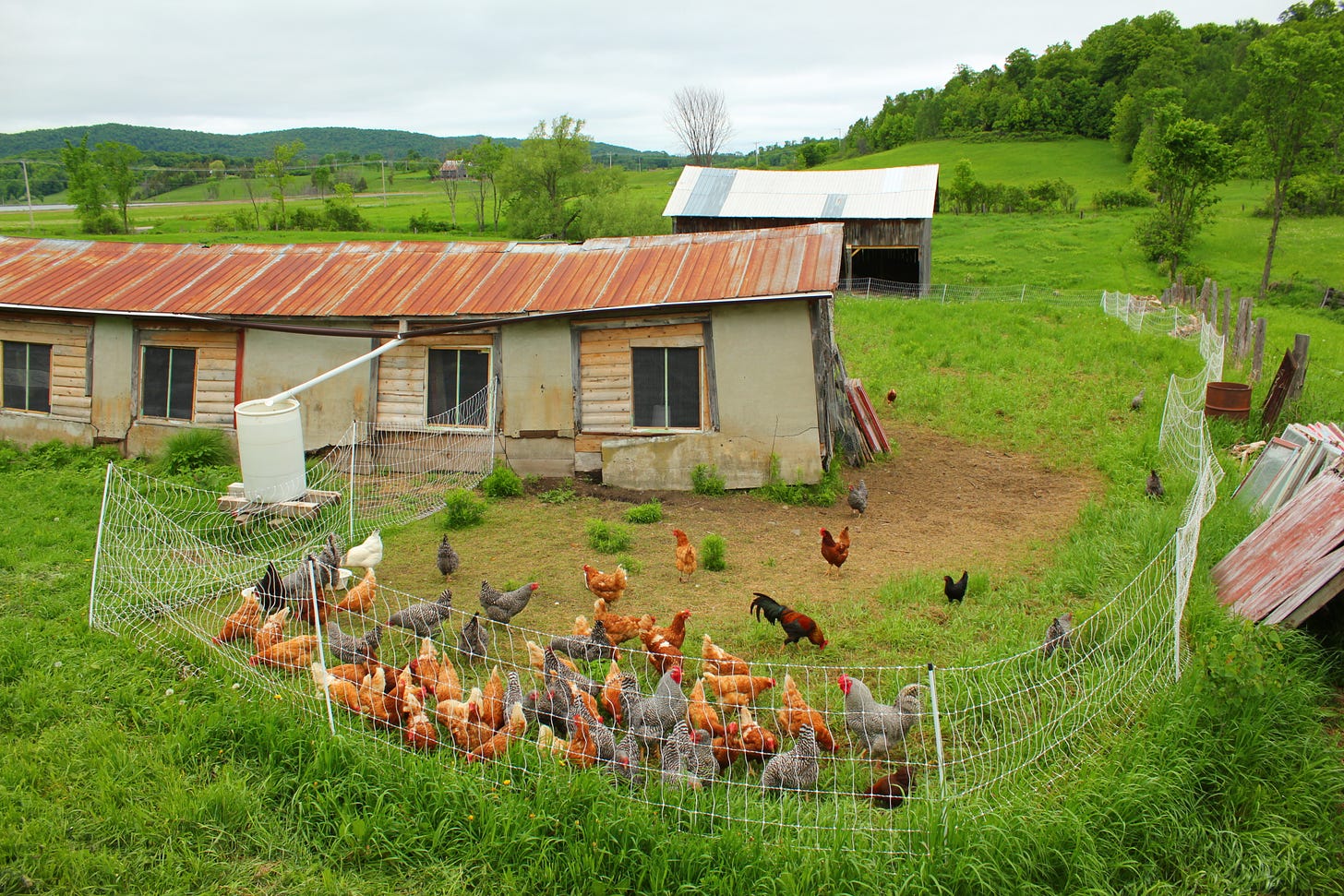
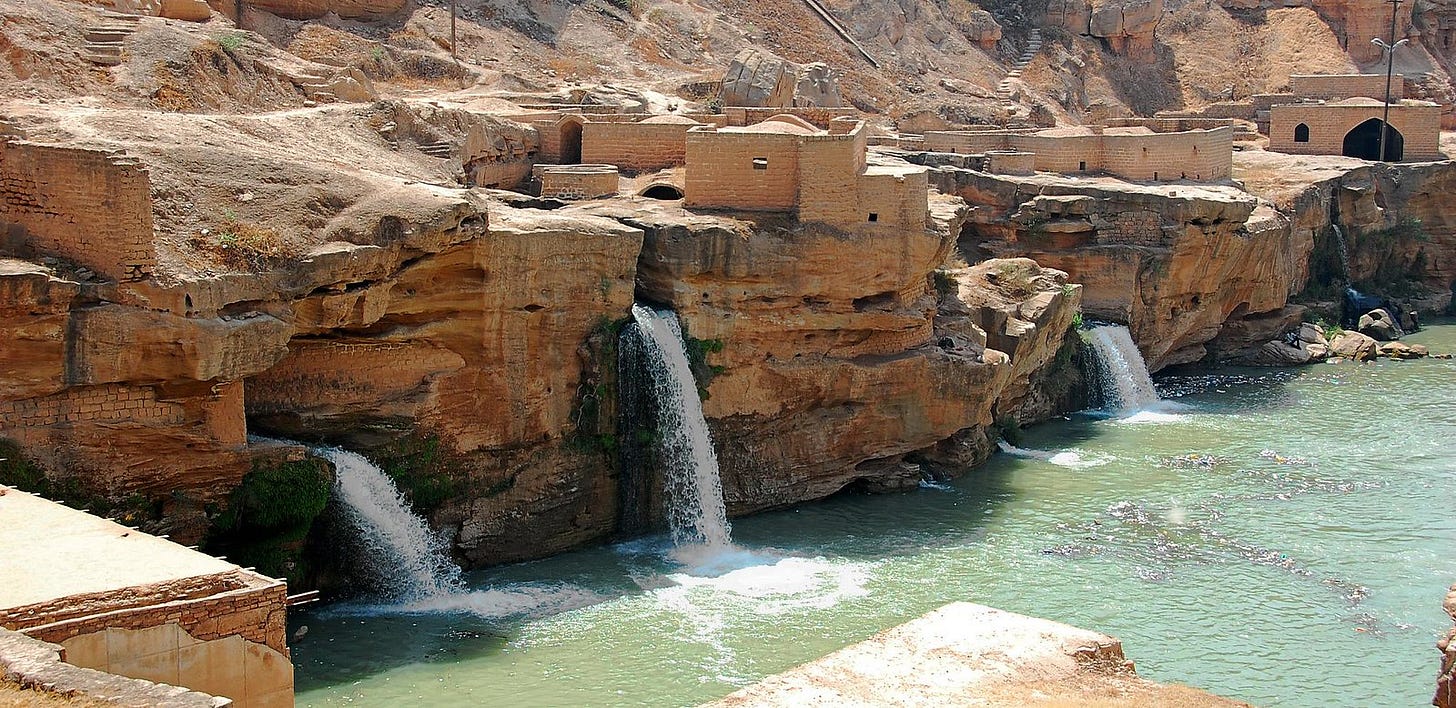
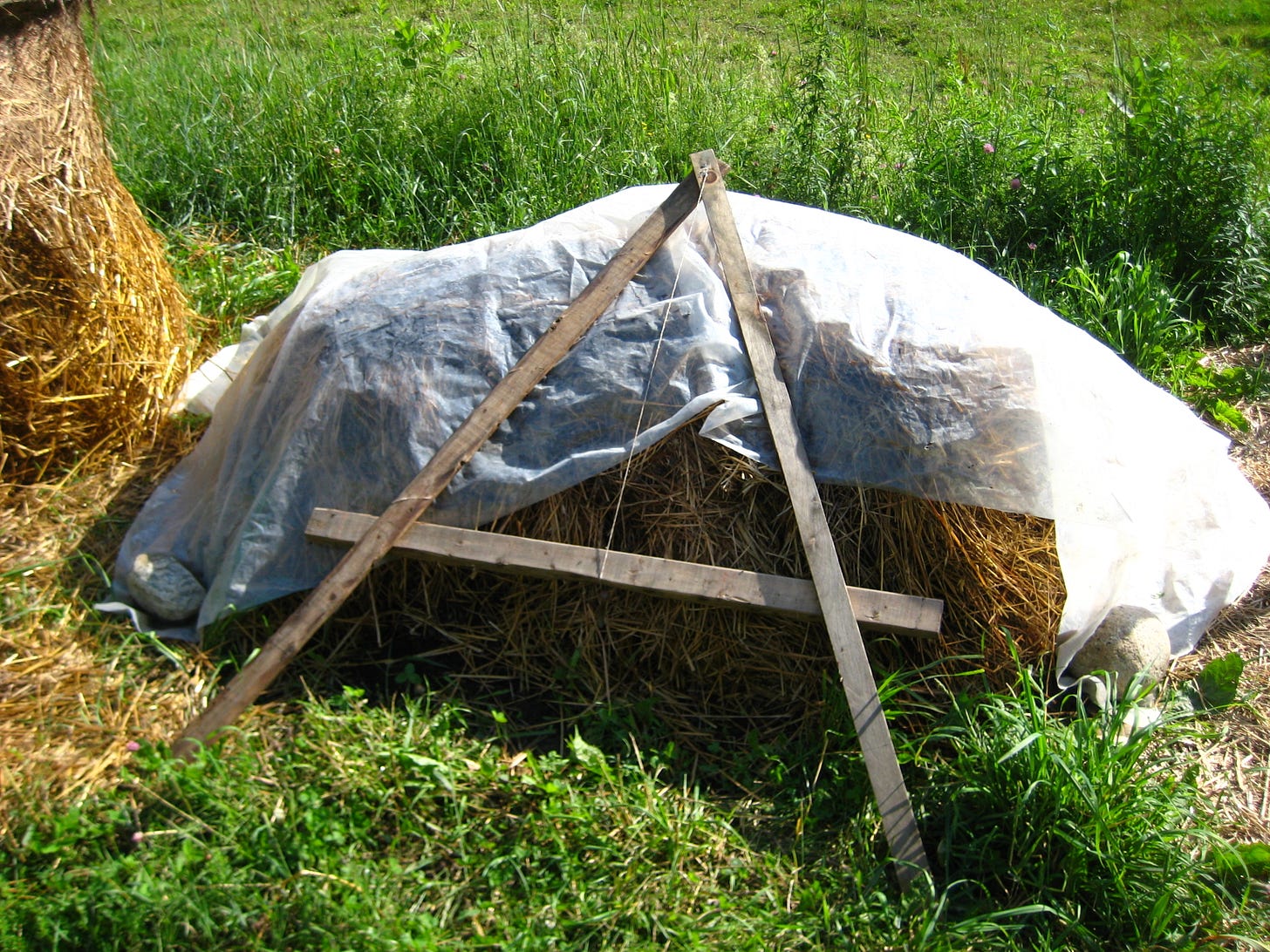
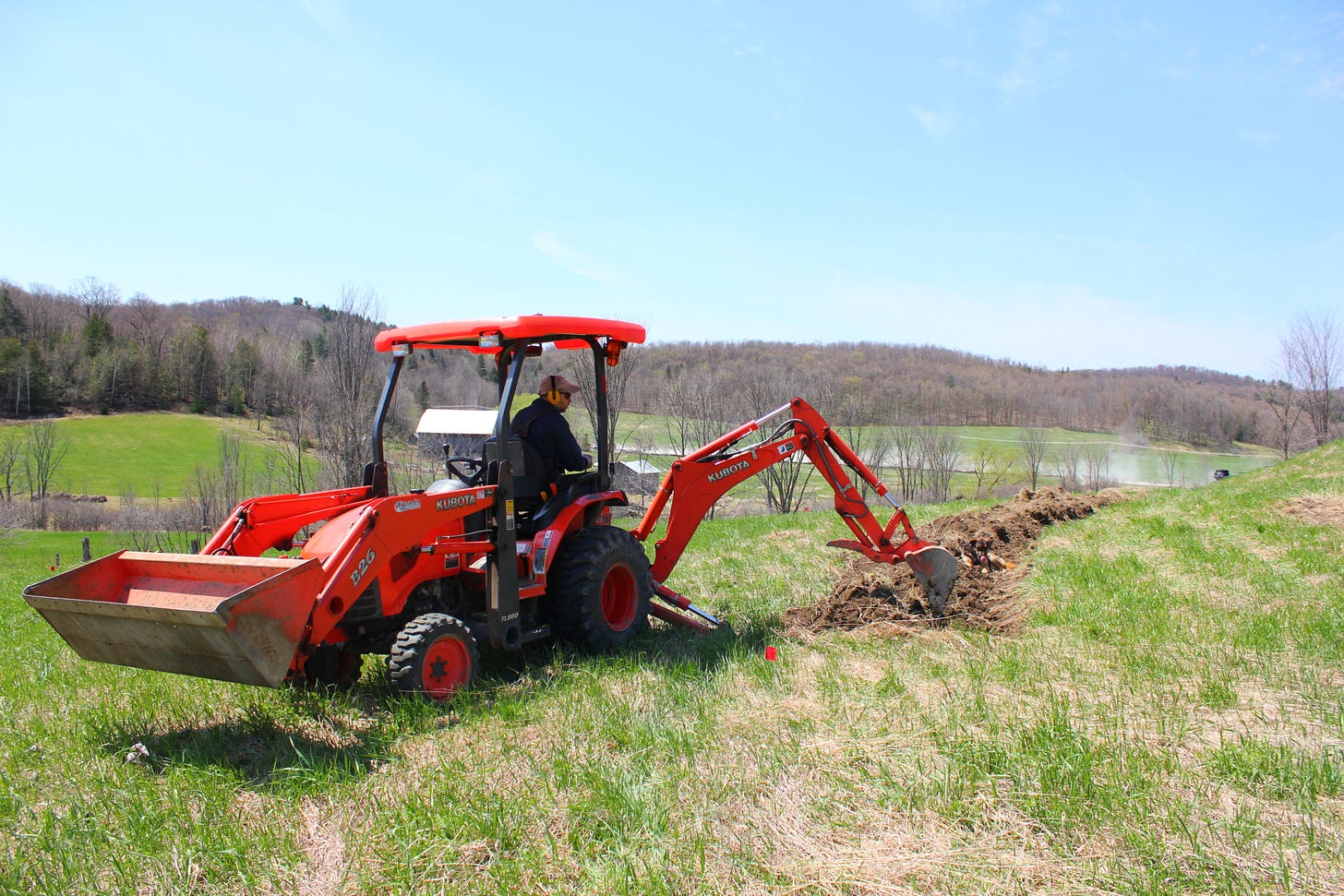
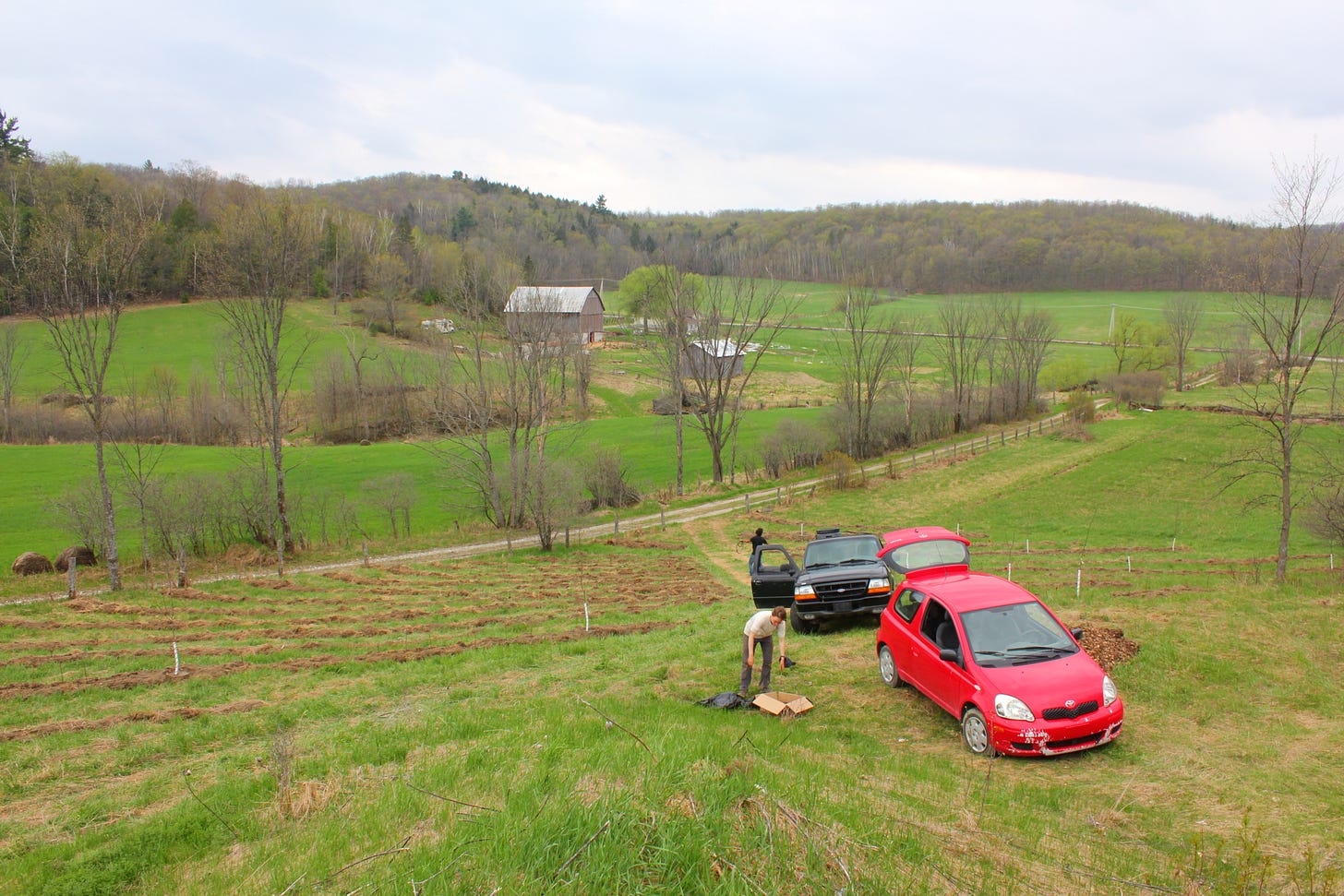
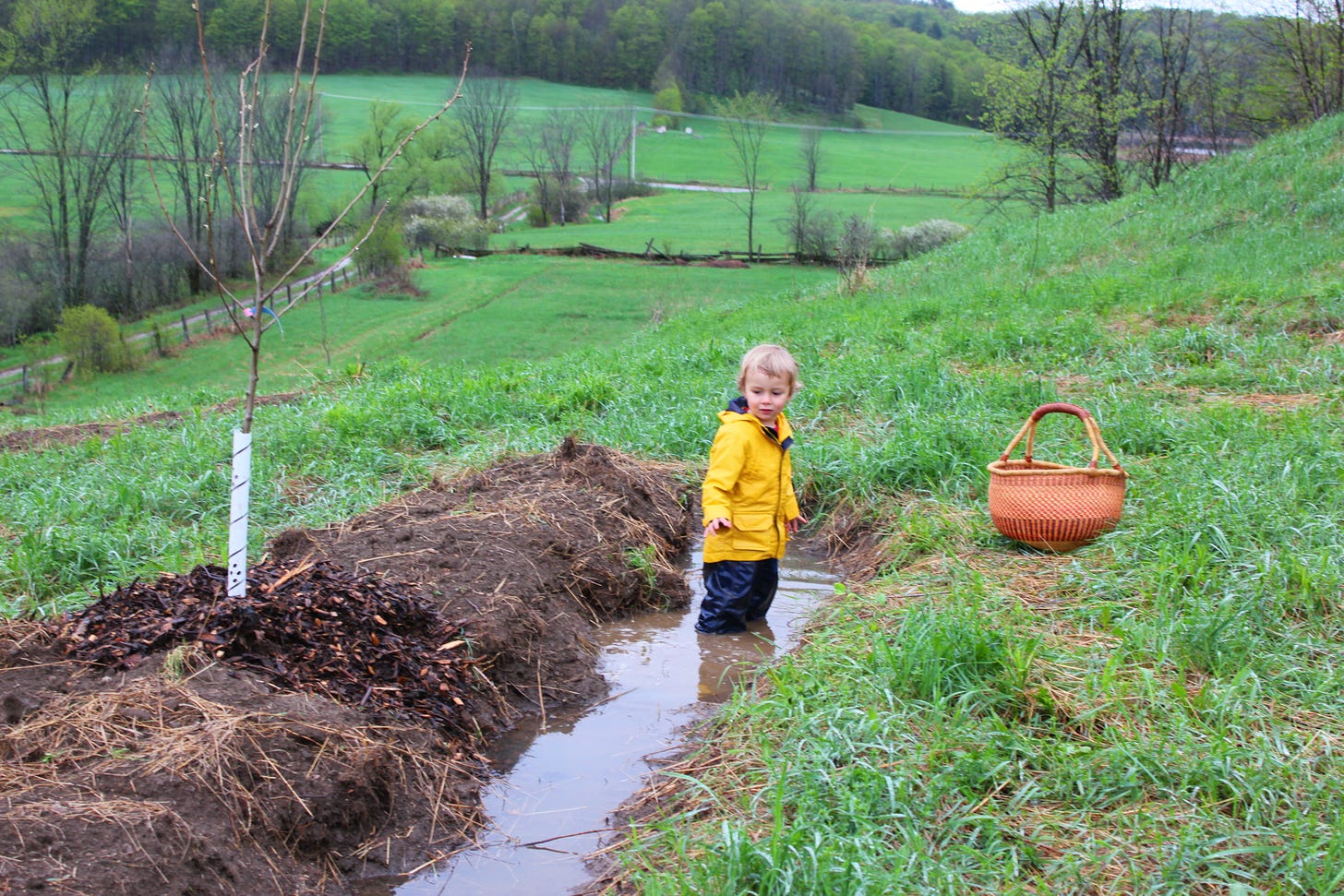
Thank you Sean, for your enjoyable
writing. What a journey! Keep on keepin on!!
Rosanda